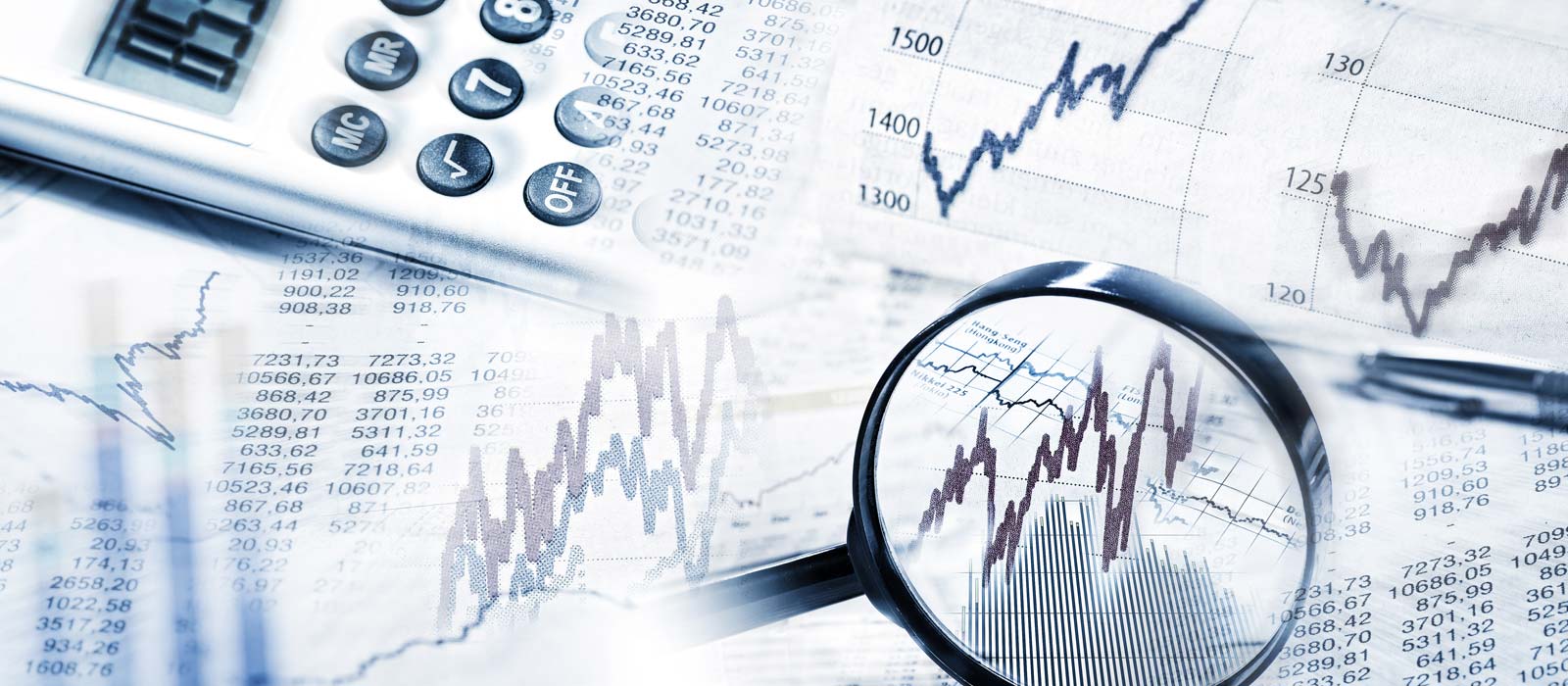Dev’t of local diagnostics slowed by supply chain woes, regulations

By Patricia B. Mirasol
The coronavirus disease 2019 (COVID-19) pandemic has exposed the limitations of relying on a few global manufacturers for medical diagnostic exams, according to Medecins Sans Frontieres (Doctors Without Borders).
In a recent webinar organized by the medical humanitarian organization, panelists confirmed that pre-pandemic efforts to create local networks and manufacturing capacities need to be realized.
“The reason why we’re developing local diagnostics is so we can bring them to the places that do need them,” said Ricardo Jose S. Guerrero, research fellow at Ateneo Research Institute for Science and Engineering, and engineering lead at Bayan Biomedical Research Group. “We need local production to increase our healthcare resilience.”
Several projects under the Department of Science and Technology’s Philippine Council for Health Research and Development are working toward this aim.
Among them are the microPCR (miPCR) device, a more affordable alternative to commercial qPCR (quantitative polymerase chain reaction) instruments, which paves the way for more testing laboratories; and the SWIFTeR molecular test, which seeks to remove the equipment and training overhead required for reverse transcription (RT)-qPCR testing.
Meanwhile, the Integrated Protein Research and Development Center, a facility that aims to open next year, will develop the technology required for the production of proteins used by the biomedical, agricultural, and food industries.
The proteins that will be produced in this facility, said Mr. Guerrero, make up a large bulk of the costs of COVID-19 kits.
“The local production of raw and semi-finished materials will reduce the costs of the final end products,” he said, noting that the savings from these could then be passed on to patients.
‘NO CLEAR PATHWAY’
There are three roadblocks to local diagnostics research and production, according to Mr. Guerrero: the procurement process and supply chain; medical device regulations; and intellectual property and interest.
A piece of equipment his team needed, for instance, took seven months to procure because there were no local suppliers. “If there were, then we could pivot faster, research faster,” he said. “This is something that was exacerbated by the pandemic, but it had always been there.”
Regulations pose a second challenge, since no implementing rules and regulations exist based on ASEAN’s MDD (medical device directive) for IVD (in-vitro diagnostics) devices. Medical devices are not IVDs, per Mr. Guerrero, and yet most COVID-19 tests and machines for point-of-care are.
Meanwhile, administrative orders (AO) issued by the Philippine Food and Drug Administration (FDA) — such as AO 2018-002 or Guidelines Governing the Issuance of an Authorization for a Medical Device — assume all medical devices are imported.
“There is no clear pathway on how devices created inside our universities can get to market,” Mr. Guerrero said.
To navigate these challenges, he proposed establishing a scientific supplier directory, and closer coordination between research funders and the FDA.
“How do we use research, funded by taxpayer money, to actually benefit taxpayers by bringing our technology to the healthcare system?” asked Mr. Guerrero. “This entails easier access to regulatory and certification expertise for academic researchers, because academic researchers … are not necessarily entrepreneurial nor good at supply chain and logistics.”




